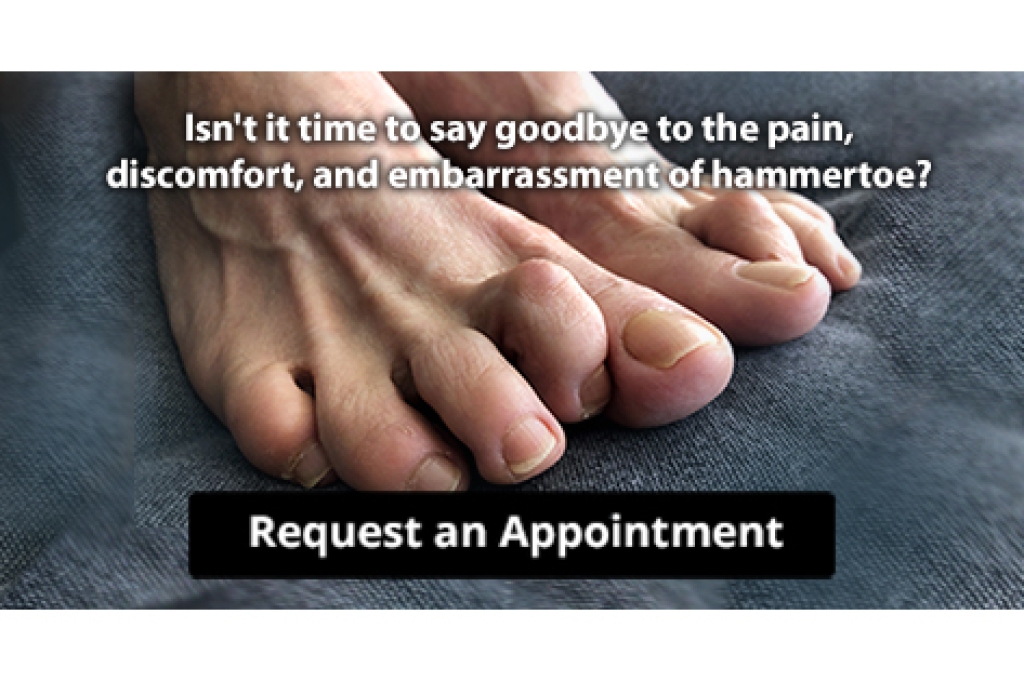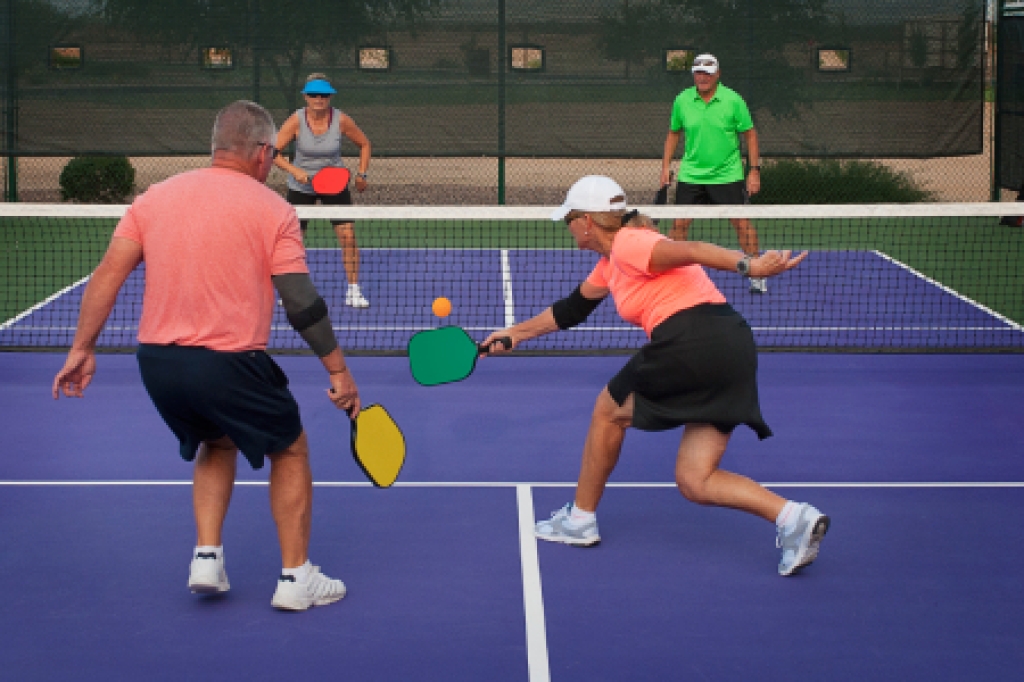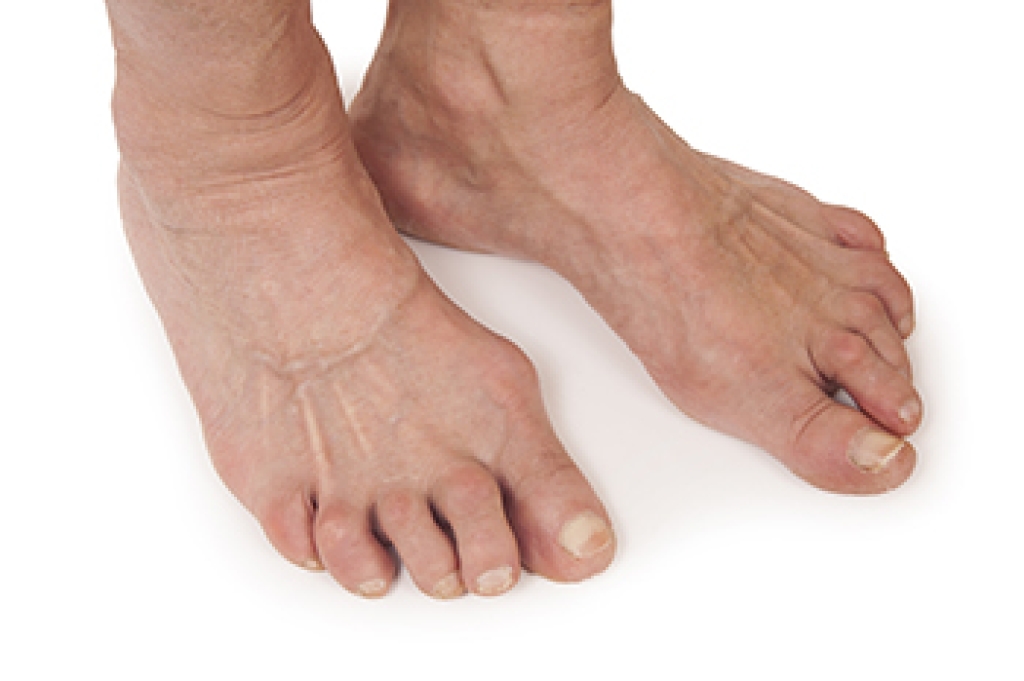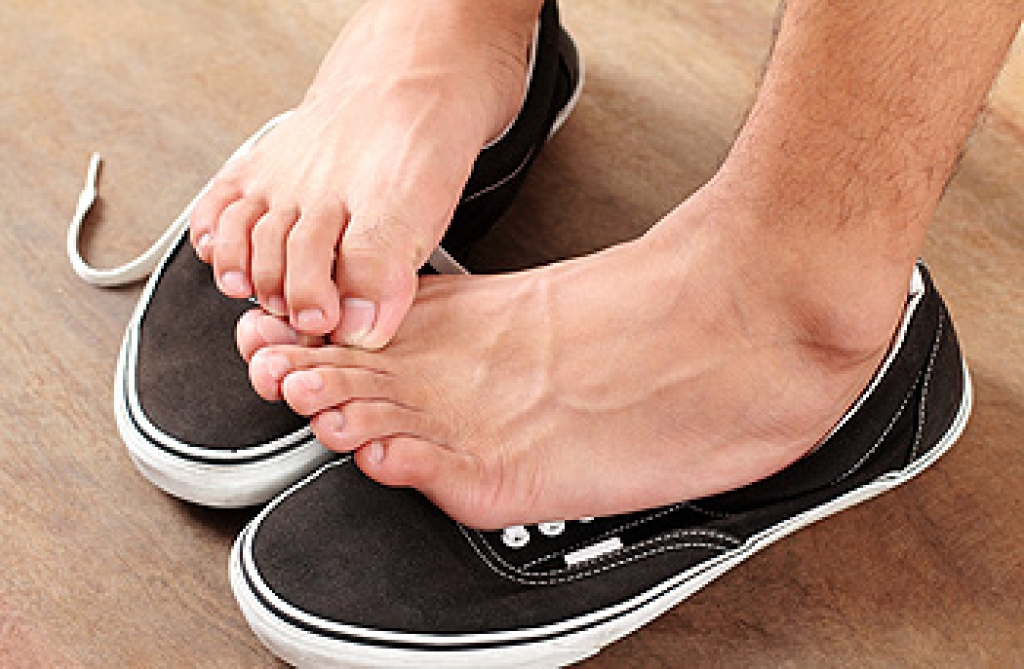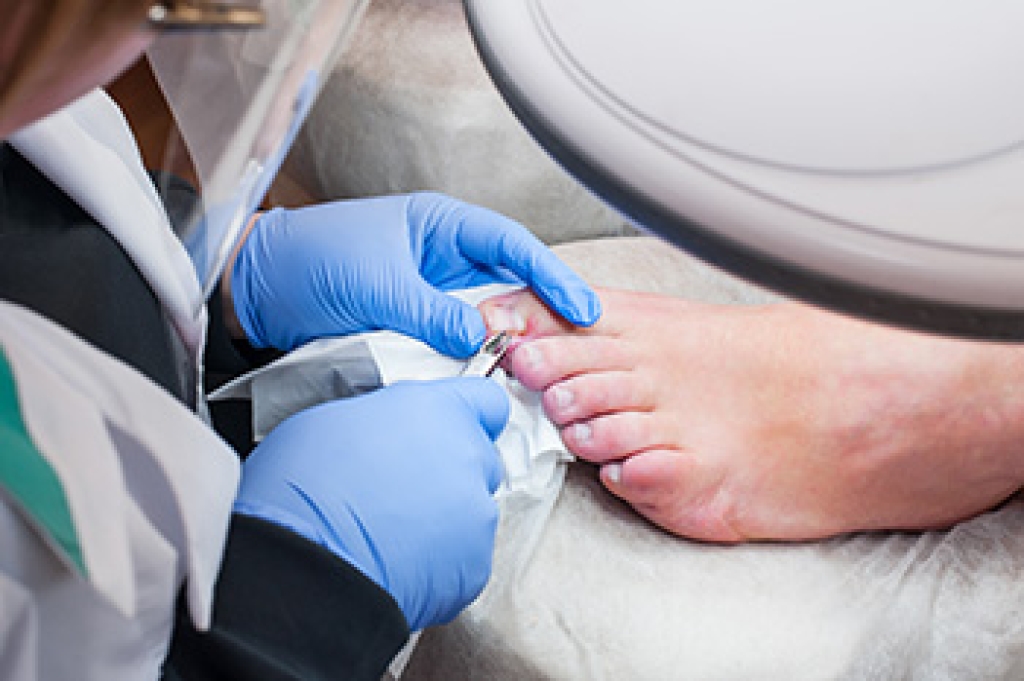
Toenail removal is sometimes necessary when severe injury, chronic ingrown growth, or infection damages the nail and surrounding tissue. An ingrown toenail occurs when the nail edge presses into the skin, leading to inflammation, drainage, and discomfort that worsens with pressure or while wearing tight shoes. If an infection develops or the nail repeatedly grows into the skin, removal may be needed to prevent further tissue damage. A podiatrist can determine whether partial or complete toenail removal is appropriate. In some cases, the nail matrix, which is the tissue that produces nail growth, is treated to prevent recurrence. This procedure is typically performed under local anesthesia, allowing the podiatrist to remove the affected section and safely clean the area. If you have a seriously infected toenail, it is suggested that you promptly schedule an appointment with a podiatrist who can offer effective treatment and relief solutions, which may include minor surgery.
Foot surgery is sometimes necessary to treat a foot ailment. To learn more, contact Renee Rodriquez, DPM of Foot Clinic of South Texas. Our doctor will assist you with all of your foot and ankle needs.
When Is Surgery Necessary?
Foot and ankle surgery is generally reserved for cases in which less invasive, conservative procedures have failed to alleviate the problem. Some of the cases in which surgery may be necessary include:
- Removing foot deformities like bunions and bone spurs
- Severe arthritis that has caused bone issues
- Cosmetic reconstruction
What Types of Surgery Are There?
The type of surgery you receive will depend on the nature of the problem you have. Some of the possible surgeries include:
- Bunionectomy for painful bunions
- Surgical fusion for realignment of bones
- Neuropathy decompression surgery to treat nerve damage
Benefits of Surgery
Although surgery is usually a last resort, it can provide more complete pain relief compared to non-surgical methods and may allow you to finally resume full activity.
Surgical techniques have also become increasingly sophisticated. Techniques like endoscopic surgery allow for smaller incisions and faster recovery times.
If you have any questions, please feel free to contact our office located in Brownsville, TX . We offer the newest diagnostic and treatment technologies for all your foot care needs.
